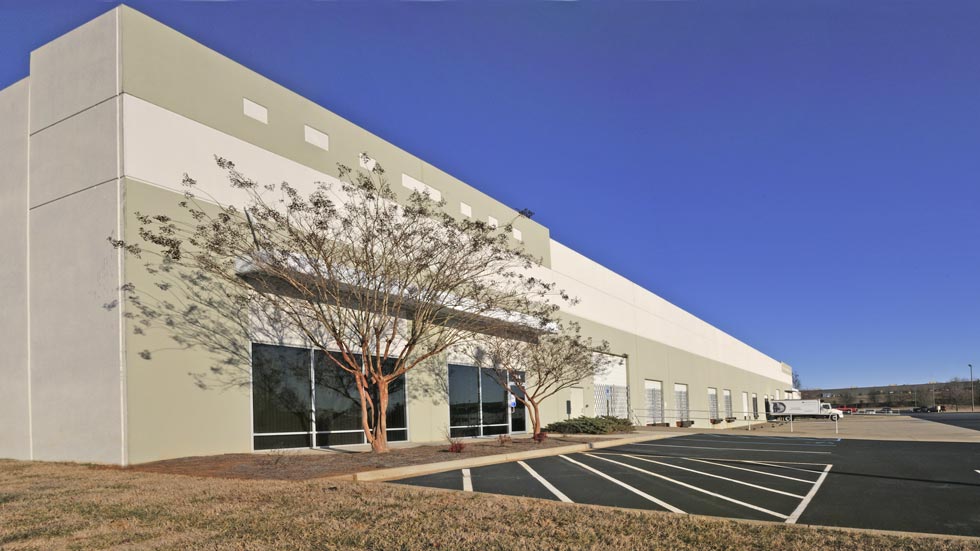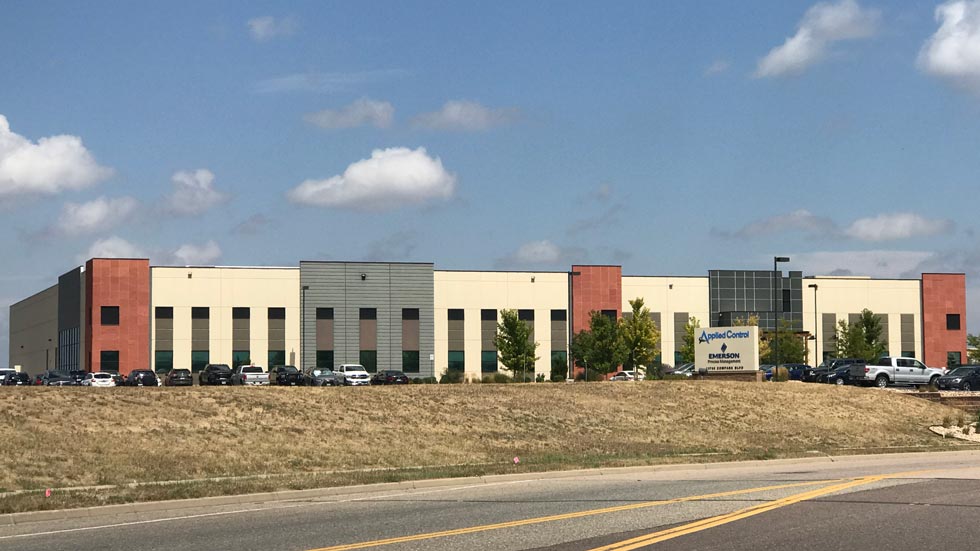When management gathers at One Liberty Properties, Inc., (NYSE: OLP) to consider a potential acquisition, the energy in the room is unmistakable. That’s because 21.5 percent of this net lease REIT’s outstanding shares are insider-owned, a characteristic that President and CEO Patrick Callan, Jr., says “dramatically differentiates” the company from its competitors.
“When we discuss an investment about to be made, you can bet there’s tremendous interest on the part of insider owners,” Callan says. “Around the table are executives with extensive legal, financial, and, of course, real estate backgrounds, and they want to ensure that every transaction will support and contribute to our well covered dividend. So, we develop very deep knowledge of our markets and maintain strong market discipline, because it’s our money, too. Our investors are co-investing with us.”
Founded in 1982, One Liberty Properties is a diversified, fundamentals-focused company with an active net lease strategy. The company originally concentrated on retail, but began changing course in 2012.
“If you’re a retail focused REIT, it’s tough to wake up one day and say you’re now going to focus on industrial,” says Callan. “But because we’ve always been diversified, we can massage the product mix and invest in asset classes we feel are a better bet. For the past three to five years, the vast majority of our underwriting has been dedicated to industrial buildings. We think that long term, industrial is a good place to play.”
Roots in retail
The shift has been a departure for Callan, who got his start at retail REIT Kimco Realty Corp. (NYSE: KIM). “I started as a summer intern and spent nearly 17 years there,” Callan says. “I ended up managing a $3 billion portfolio including 200+ shopping centers, responsible for everything from acquisitions to property management to dispositions. I was exposed to a lot of aspects of real estate, but especially cash flow. Kimco was my boot camp.”

When current management took the reins at One Liberty Properties in 1989, they began building a diversified portfolio that today numbers 123 properties in 31 states. Retail holdings still account for approximately 37 percent of the company’s nearly $70 million in annual base rent. But industrial properties have recently surpassed retail, generating approximately 45 percent, or $31 million, in annual base rent that flows from just 35 assets. Another 21 properties comprising restaurants, health and fitness centers, and theaters produce an additional 13 percent of base rent, while ground leases of apartment complexes, an office, and land held through an unconsolidated joint venture generate the remaining 5 percent.
One Liberty Properties is one of the small listed net lease REITs, but the company emphasizes quality over quantity as its fundamentals are solid. The company owns approximately 10 million square feet, has a current occupancy rate in excess of 99 percent, and has an average remaining lease term of 7.6 years. What’s more, annual rent increases of 1 percent to 2.5 percent are built into leases for most of its industrial properties, which Callan says, “really helps our cash-on-cash returns, since our debt costs are fixed.”
“In fact, the company has little debt maturity until 2024, thanks to opportunistic mortgage refinancing.” “Sometimes we pay pre-payment charges, because when we analyze the dollars, we find it’s worth it,” commented David W. Kalish, Senior Vice President and Chief Financial Officer. “We hold properties a long time and currently have a 4.2 percent weighted average interest rate, which is quite low.”
Trimming the sails
One Liberty Properties’ shift in net lease tenants is setting the company up for long-term growth, Callan says. Acquisitions in 2018 included: a 120,000 square foot Class A industrial property in Green Park, Missouri, a suburb of St. Louis, purchased for $10 million, with all of the space leased through 2023 for an annual base rent of $720,000; a 220,000 square foot industrial property in Bakersfield, California bought for $10.9 million with an annual base rent of $667,000 increasing in early 2019, to $734,000 through lease expiration in 2024; a 209,000 square foot industrial building in Moorestown, New Jersey bought for $13.6 million, with most of the space net leased through 2027 for an aggregate annual base rent of approximately $1 million; a 64,000 square-foot industrial property in Moorestown, New Jersey, bought for $7.4 million and net leased through early 2028 for an aggregate annual base rent of approximately $531,000; and another industrial/office property of approximately the same size in Englewood, Colorado, purchased for $12.8 million and net leased through 2030 for an annual base rent of approximately $926,000 and increases of 2.5 percent annually. In total last year, the company spent more than $73 million acquiring seven properties, all of them industrial.
“Industrial properties aren’t as capital-intense as retail and office,” Callan says. “Most are 90 to 95 percent warehouse, so almost all of the space is open and easily reusable. That means you only have to refresh 5 to 10 percent for a new tenant, whereas in office or retail, you’re usually refurbishing every square inch.” Moreover, the market for industrial tenants is “fairly brisk,” Callan says, allowing for annual rent increases. Retail rents, by comparison, typically increase every five years.

Michael Gorman, managing director and senior REIT analyst at BTIG, LLC, says that generally, the net-lease space is doing very well. “Tenant credit is strong and in the third quarter of 2018, occupancy was well north of 98 percent,” he says. “Most companies we see have an excellent cost of capital now and are continuing to find places to put it to work. They have safety and cash flow from existing portfolios and the ability to bring in new investments to drive growth, so things are going well.”
A challenge for smaller net lease REITs, Gorman said, is the competition for industrial acquisitions. “Really, it can break both ways,” he observes. “A smaller company trying to go after larger portfolios or well-marketed transactions may find it tricky. They may not be able to pull together capital as quickly as larger companies.”
On the other hand, however, Gorman says smaller REITs can be more nimble than larger ones and transact smaller deals that are highly effective. “These companies may pursue and get into great detail with smaller transactions that don’t pop up on the radar screen for larger companies,” he says. “And when a REIT develops a specific emphasis, such as being singularly focused on a particular type of property, that’s when it begins to acquire more of a competitive edge. Having an acquisition strategy differentiates you, and you can also use it to attract investors.”
Staying on course
Deploying a strategy characterized by unswerving market discipline and an ability to leave no stone unturned, the company only invests in assets when every box is ticked—and walks away when they are not. For example, the $73 million spent for acquisitions in 2018 compares to $43 million in 2017, $119 million in 2016 and $108 million in 2013.
“Generally, we look for non-investment-grade industrial facilities, in B-ish markets with multiple economic drivers where the boxes themselves are reusable,” Callan says. “We take time to understand our tenants and how the building fits in the submarket, and how the building may or may not be reused. We are disciplined and when we think the market is not appropriate for our underwriting, we buy fewer properties. It has to be the right asset, and it has to fit our underwriting.”
Callan vividly remembers 2007, when One Liberty Properties bid for industrial acquisitions and repeatedly fell short. “We thought we were bidding reasonably aggressively, and we were coming in tenth,” he says. “So, in the middle of a pie-eating contest, we went on a diet and did not buy any properties. It turned out to be a great call.”
Observers might say One Liberty Properties is on a diet today, but the regimen is far different from that of 2007. In 2018, the company and its unconsolidated joint ventures sold several properties, including retail properties.
As of Nov. 1, 2018, the company possessed the liquidity to acquire an estimated $250 million of property, including the benefit of a $100 million credit facility. Says Kalish, “We haven’t been in the market for new shares since 2.7 million shares were sold in 2011 because we’ve been very conscious of share dilution. Since 2012, we have sold about $57 million in ATM (at-the-market) shares, but that is essentially nothing.”
Meanwhile, the dividend has followed a steady upward trend. The $1.50 dividend in 2014 has risen to an annualized $1.80 for 2018. “By law, we must pay out 90% of our ordinary taxable income, but we have consistently paid out 100%, both of ordinary taxable income and taxable capital gains,” says Kalish. “Our acquisitions are limited only by our comprehensive underwriting and our need to be comfortable that purchases will add long-term value” he adds. “We know the average investor can invest in many REITs, but there are not that many that they can co-invest with and that are fully aligned with stockholders. One Liberty is, and we don’t forget it. Our investors are co-investing with us, and we take that alignment very seriously.”